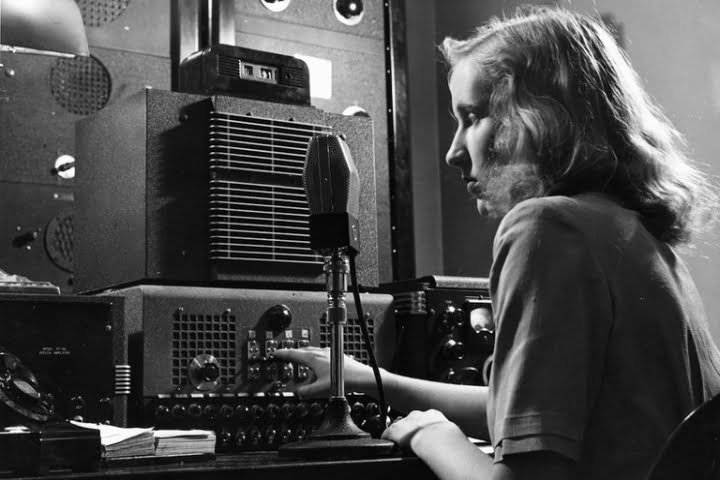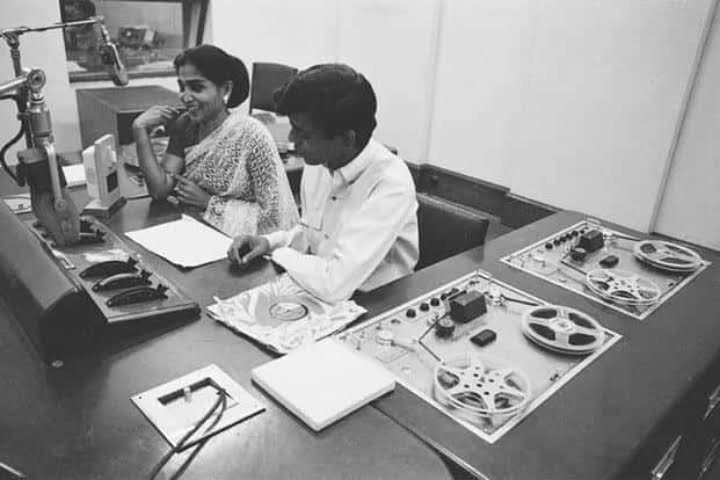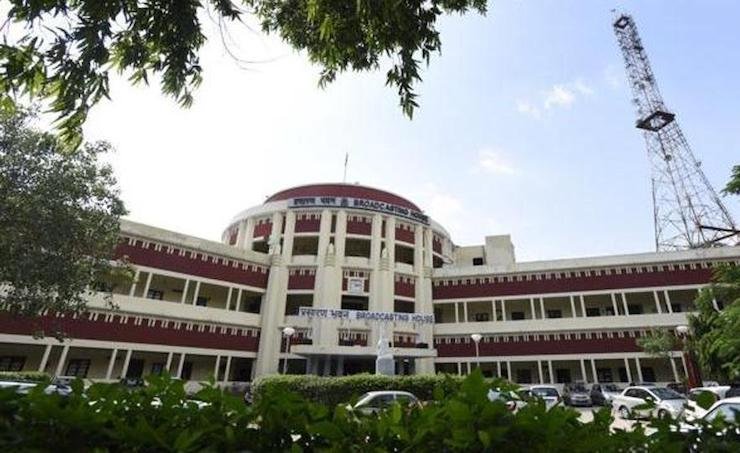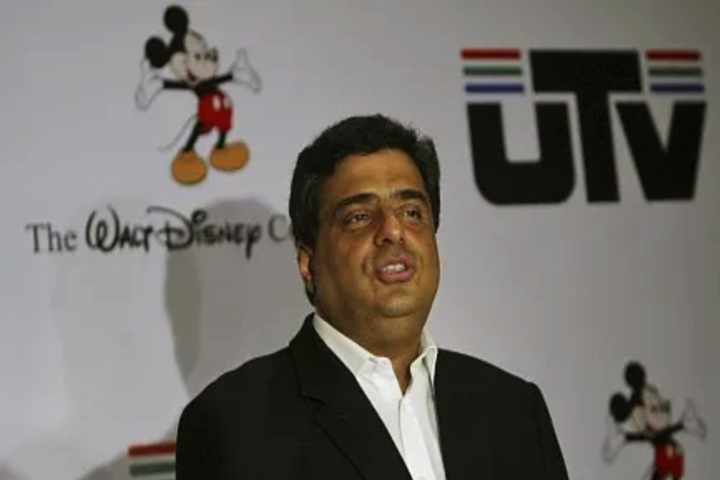The history of radio in India is a testament to its enduring role as a vital communication tool in the country’s rich media landscape. Since its inception in 1923, radio has become one of the largest media organizations in the world.
History of Radio

Marconi pioneered radio broadcasting in 1896 with the invention of the first wireless telegraph link. In 1901, he made the first successful demonstration of telegraph message transmission across the Atlantic Ocean without connecting wires, as with the electric telegraph.
His company’s Marconi radios ended the isolation of ocean travel and saved hundreds of lives, including the surviving passengers from the sinking Titanic.
A “telegraph” is a device for transmitting and receiving electrical signals or messages over long distances through dedicated telecommunication wires.
1908: Another successful radio demonstration occurred from the Eiffel Tower in Paris.
1916: A New York Station transmitted the first radio news bulletin on the occasion of the election of the US President.
1927: Broadcasting services started as a significant medium of information.
Development of Radio as Mass Communication

The 1920s witnessed the coming of radio broadcasting in many countries, including India. However, during World War I, the need for radio started taking the shape of reality. For the first time during the war, the need for wireless transmission was realized to communicate with allies. First-time transmits were set up in England, and the Navy took over station in England/US.
The following factors drove the development of radio after World War I:
- Radio burst on the scene
- National craze
- Thousands of hobbyists
- The war led to better Radio reception
- The business saw money in the radio
- Leisure time
In 1915, a significant milestone was achieved when a program signal was successfully transmitted from Arlington, United States, to Paris. Before the year 1920, the landscape of broadcasting resembled the dispersal of seeds. However, the situation after 1920 saw the establishment of a systematic and effective method for transmitting audio content through a wireless transmitter.
In the 1920s, these factors spurred growth:
- Birth of radio advertising
- Birth of radio networks
- Evolution of radio regulation
In 1922, regular broadcasting under ‘The British Broadcasting Company’ started.
History of Radio in India
In India, like in many other countries, amateur radio clubs were the first to start broadcasting.
India’s first radio club in Calcutta was established in November 1923.
However, broadcasting began in India with a private radio club in Madras on 16 May 1924.
In 1924, the British colonial government granted a license to a private company, the Indian Broadcasting Company, to open radio stations in Bombay and Calcutta.
Following this was the opening of the Bombay station on July 23, 1927, and the Calcutta radio station on August 26, 1927. The first radio program journal, “The India Radio,” was broadcast on 15 July 1927.
The Indian Broadcasting Company went bankrupt in 1930, but the colonial government took over and started operating it as the Indian State Broadcasting Corporation (IBC).
However, despite a government loan, IBC was a financial failure, and it closed down in March 1930. Under pressure from radio-set dealers, programmers, and the general public, the government took over the Bombay and Calcutta stations in April 1930, and the Indian State Broadcasting Service (ISBS) was formed.
However, it was closed again on 10 October 1931 due to financial difficulties. In 1932, the BBC started an Empire service. Increasing the number of imported radio sets enhances the government’s revenue in import duty and is license-free.
On 8 July 1936, the Corporation was renamed All India Radio (AIR) and placed under the Department of Labor and Industries. A radio station was commissioned in Delhi in the same year.
The broadcasting service changed its name to All India Radio (AIR) on 8 June 1936. Earlier, the radio chief was known as the “controller of broadcasting,” unlike today, he called the “Director General.” Lionel Fielden was appointed the first Controller of Broadcasting in August 1935. The following month, Akashvani Mysore, a private radio station, was set up.
The Central News Organization (CNO) came into existence in August 1937.
On 1 October 1939, the external broadcast service began by the British government to counter the propaganda of the Nazis directed at the Afghan people. The first broadcasts were in Pushto, Afghanistan. The External Services Division programs are broadcast in 11 Indian and 16 foreign languages, reaching over 100 countries.
When India became independent in 1947, AIR was made a separate Department under the Ministry of Information and Broadcasting.
In 1947, the AIR network had only six stations at Delhi, Bombay, Calcutta, Madras, Tiruchirapalli and Lucknow. AIR then covered just 2.5 % of the area and 11% of the population.
In 1948, CNO was split into the News Services Division (NSD) and the External Services Division (ESD).
1952: The National Program of Music started
In 1956, the name AKASHVANI was adopted for the National Broadcaster.
2 October 1957: The Vividh Bharati Service was launched with popular film music as its main component.
1967: Commercials on AIR were started
23 July 1969: Yuv Vani launched
1976: Doordarshan delinked from AIR (Chanda Committee 1964-66)
1974: Sky radio channel concept launched. They enable subscribers to receive 20 radio channels via satellite on FM receivers.
Vividh Bharati, the Commercial Broadcasting Service, was launched on 3 October 1957. Vividh Bharati offers many programs, including news, film, music, and comedy. It operates on different medium wave band frequencies for each city.
Television broadcasts started from Delhi in September 1959 as part of All India Radio’s services.

First FM broadcasting began on 23 July 1977 in Madras
Television services were separated from radio on 1 April 1976
The mid-1980s: Phone programs were experimented with in Delhi, Pune, and other cities
1988: National channel launched
In the 1990s, AIR was on a network of 219 centers, including 32 Vividh Bharti/commercial stations, 73 local countries, and 114 regional channels. Over six radio sets were in rural households. AIR 300 news bulletins in different languages are available daily in national, regional, and external services.
1992: FM broadcast started in Jalandhar
1993: Privatization of FM
15 August 1993: FM channel launched in Bombay by Times FM
In India, the government primarily controlled the broadcasting industry, and various facets of society demanded that India’s government grant public broadcasting the same autonomy as in other nations.
The Parliament of India passed an Act to grant this autonomy in 1990, enacted on 15 September 1997.
The Prasar Bharati Act establishes a broadcasting corporation, Prasar Bharati, which grants All India Radio and Doordarshan autonomy.
The primary duty of the Prasar Bharati Corporation is to organize and conduct public broadcasting services to inform, educate, and entertain the public and to ensure a balanced development of radio and television broadcasting.
The Chairperson of Prasar Bharati was Dr A Surya Prakash from 2014-20. As of October 2023, this post is vacant.

1998: The National AIR channel via satellite was started in May 1988. AIR covered 90% of the geographical area and 97% of the population by then.
By March 2012, the Akashvani network consisted of 277 stations and 432 broadcast transmitters, including 148 medium, 236 FM, and 48 short waves.
The data from Prasar Bharti’s Website as of October 2023 suggests that AIR’s home service comprises 470 Broadcasting centers nationwide. Terrestrially, AIR originates programming in 23 languages and 179 dialects.
The External Services Division programs are broadcast in 11 Indian and 16 foreign languages, reaching more than 100 countries. These external broadcasts aim to keep overseas listeners informed about developments in the country.
The News Services Division of All India Radio broadcasts 647 bulletins daily, nearly 56 hours, in 90 languages and dialects. These bulletins are transmitted through several channels, including domestic, regional, external, and direct-to-home services.
Three hundred fourteen news headlines are broadcast hourly in FM mode across 41 AIR stations. The Regional News Units produce 469 daily news bulletins in a diverse range of 75 languages.
In addition to regularly disseminating daily news bulletins, the News Services Division also produces a variety of news-based programs that focus on current and relevant issues. These programs are developed and broadcast from Delhi and its Regional News Units.
Currently, AIR operates 18 FM stereo channels known as AIR FM Rainbow. These channels are specifically designed to cater to the urban population. Four more FM channels, AIR FM Gold, transmit comprehensive news and entertainment programs from Delhi, Kolkata, Chennai, and Mumbai. In response to the widespread adoption of FM radio nationwide, All India Radio (AIR) is enhancing its medium-wave transmission capabilities by installing supplementary FM transmitters at its Regional stations.
Thanks to its phenomenal growth, All India Radio has become one of the largest media organizations in the world. With a network of 262 radio stations, AIR today is accessible to almost the entire country’s population, covering nearly 92% of the country’s area and 99.19 % of the total population.





What a fascinating journey through the history of radio in India! It’s incredible to see how this medium has evolved and shaped communication over the decades. I particularly enjoyed learning about the pivotal moments that contributed to its growth. Thank you for sharing such insightful content!